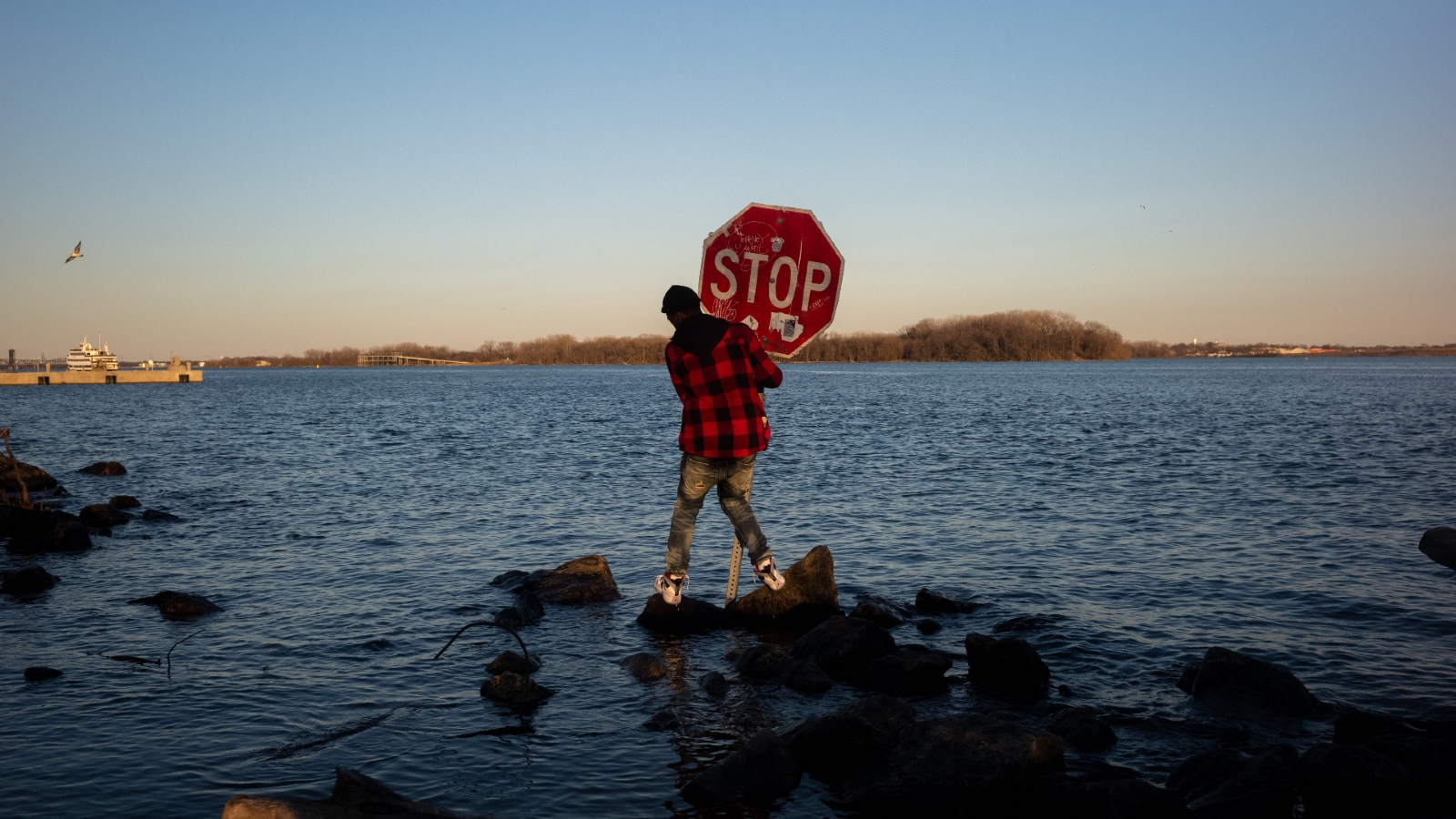A spill at a factory outside Philadelphia that sent thousands of gallons of chemicals into the Delaware River has sparked worries among the area’s residents over a major source of drinking water. One of the chemicals in the spill — butyl acrylate — was also on the 50-car train that derailed last month in East Palestine, Ohio, which spewed toxic fumes into the air as it burned for days.
The company that owns the chemical plant, Trinseo, estimated that 8,100 gallons of a latex finishing solution, a white paint-like substance, flowed into Otter Creek, a Delaware River tributary about a dozen miles upstream of a treatment plant that provides drinking water for more than a million people in and around Philadelphia.
Exposure to high levels of butyl acrylate can cause skin irritation, headaches, dizziness and vomiting. Philadelphia officials at first told residents they might want to drink and cook with bottled water as a precaution, then changed tune on Sunday saying that tests showed no signs of contamination in the water supply intake and that tap water would be safe to drink at least through Monday evening. Workers stopped taking in river water at the treatment plant for most of the weekend but said they would need to bump up the water supply periodically to keep the plant operating.
The accident occurred not only in a watershed long affected by industrial pollution, but also on the heels of the disastrous spill in East Palestine, which has prompted heightened scrutiny of chemical makers and railroad companies like Norfolk Southern, owner of the train that derailed in Ohio last month. Only three months into the year, there have already been 50 incidents resulting in chemical spills or fires around the United States, according to the Coalition to Prevent Chemical Disasters. Such incidents occur roughly once every two days, the Guardian estimated in a recent analysis of Environmental Protection Agency data spanning several years.
Across the country, there is a “significant risk” of spills getting into drinking water, according to an EPA report, but most such events receive little notice. “Because releases to the environment are under-reported, there is no definitive assessment of the number or impact of releases to water,” the report said.
Despite assurances from local officials, people in Philadelphia flocked to buy bottled water on Sunday, forming long lines and clearing shelves at stores. “We cannot be 100 percent sure that there won’t be traces of these chemicals in the tap water throughout the afternoon,” Michael Carroll, Philadelphia’s deputy managing director for transportation, infrastructure and sustainability, said in a statement Sunday morning. Several hours later, at a news briefing, officials said the spill hadn’t contaminated the city’s water supply and that rushing to buy bottled water wasn’t necessary. “If you want to store water, you should feel free to draw it from your tap, store it in a bottle, you can put in a pitcher, put it in your fridge,” Carroll said at the briefing.
Prior to the spill, some grocery store chains in the region had stopped selling water — including some gallon jugs from Giant Eagle and Acadia Spring Water — that had been bottled near East Palestine, citing an abundance of caution and ongoing tests for contamination following the train crash. Other supermarkets have continued to stock the water. (A scientist told Time it’s unlikely the bottled water is contaminated given its distance, 25 miles, from East Palestine.)
According to Trinseo, an “equipment failure” caused the spill outside Philadelphia. The 2021 EPA report found equipment failure as the leading cause of chemical spills or unpermitted discharges nationwide — responsible for 49 percent of the total volume released into the environment between 2010 and 2019.
In addition to butyl acrylate, two other toxic chemicals — ethyl acrylate and methyl methacrylate — were in the solution that got into Otter Creek. Officials will continue testing the city water supply through the week, Carroll said at the briefing Sunday.



